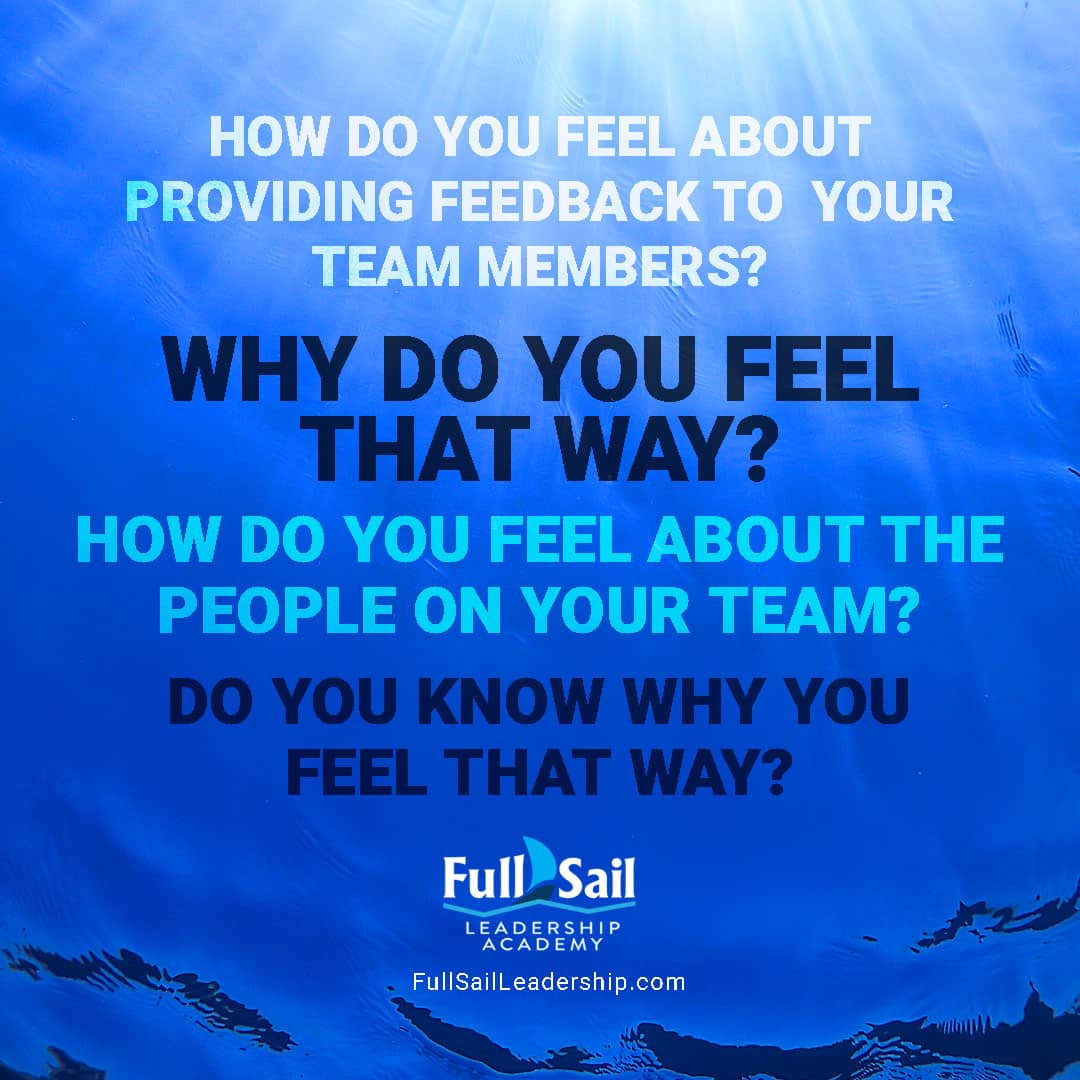How would you feel if you knew a spider was within 10 feet of where you are? It’s more likely no more than three feet away, but still.
If that potential messes with your pulse, you may be among the 15 % of people who are arachnophobic. That is, clinically afraid of spiders.
Fear is fascinating. It mobilizes some and paralyzes others. But no one escapes it. Some even profit from it.
Horror is the most profitable and among the most popular genres of movies.
How many candidates are elected to office due to the fears they promise to protect people from?
How many businesses are stunted because of fear? What about yours?
Fear cannot be escaped or avoided. It must be overcome. Learning how to identify, confront, and triumph over fear in your workplace will empower you to flourish.
Move out of the Comfort Zone into the Growth Zone
No one likes change. Except for a baby with a dirty diaper! And not even them, sometimes.
Our comfort zones pretend to provide safety. But it’s an illusion. Human beings are not designed to live within comfort zones. We flourish in the growth zone.

A ship in the harbor is safe. But that’s not what it is designed for. Neither were you, your employees, or your company.
The truth is comfort can kill.
A body that’s always comfortable doesn’t exercise, stretch, or exert itself – it malfunctions in extreme ways. The CDC reports that $117 billion is spent on annual healthcare costs related to low physical activity.
Researchers at Yale recently unlocked one key to learning: being uncomfortable. Brains that are comfortable essentially shut down their learning centers.
Allowing a culture of comfort to take root is exceptionally dangerous. And expensive.
How Much Are You Paying Your Team to Stay in its Comfort Zone?
Mary Ellen Cagnassola with Money.com reports, “32% of full- and part-time employees said they are engaged with their work, while 18% are actively disengaged.”
A recent Gallup estimated that employee disengagement costs $1,800 for every $10,000 spent on an employee. If these stats ring true for your business, then you’re paying one more “employee” to do nothing for every ten employees on your payroll.
The Washington Post recently reported that in the first quarter of 2022, worker productivity plummeted to the lowest rate since 1947.
Could fear be keeping your employees from engaging with their work?
Fear of failure.
Fear of conflict.
Fear of embarrassment.
Can you imagine the difference engaged, confident, courageous employees could make in your workplace?
Embrace These 4 Steps to Face Fear in the Workplace and Conquer Comfort Zones
Ready to move into the growth zone? Let’s dive in! Here are four steps to help you and your team overcome fear in the workplace:
1. Cultivate a Culture of Safety in Your Company
If you want to eliminate fear from the factors of employee disengagement, you will need to take a paradoxical step.
You must cultivate a culture of emotional and psychological safety among your team.
Safety is essential for overcoming fear. It’s why the best sailors practice the basics over and over again so that they remain safe and can overcome fear. Psychologists observe this in children and see the impact throughout life.
Children who feel emotionally secure and have learned they can trust their caregivers are more willing to face their fears and take risks.
Social scientists see the same dynamic in the workplace. McKinsey and Company found that:
“When employees feel comfortable asking for help, sharing suggestions informally, or challenging the status quo without fear of negative social consequences, organizations are more likely to innovate quickly, unlock the benefits of diversity, and adapt well to change.”
Cultivating a safe workplace environment is about more than techniques. You have to personally care about your employees.
One of the most critical and overlooked components of a healthy workplace is vulnerability, specifically from the leader.
When leaders take the risk of nurturing a safe, healthy workplace culture – because they sincerely desire to see their team thrive – employees will be far more engaged and willing to face their fears.
2. Identify Fears in the Workplace
What a person is afraid of is important. Why they are afraid of it matters even more.
Consider an employee who is afraid of failing. One person may fear losing their job. Another may fear embarrassment. Some people are scared to stand out for any reason – success or failure.
If you don’t know why someone is afraid, you may prescribe the wrong solution.
How can you identify what people are afraid of and why they are afraid of it? The solution is simple. But simple doesn’t mean easy.
You need to make yourself available to listen to your employees.
Vulnerability and trust create a safe place for honesty. These are the essential building blocks for a healthy workplace that encourages people to face their fears so all can flourish.

3. Directly Confront Fears in the Workplace
Should you throw people into the deep end of whatever they fear? Have everyone take one step at a time? Organize a company-wide trust fall?
You may be the only one who can answer this question. But you can’t do it alone. You must collaborate with the employees who will be directly impacted.
Taking risks and facing fears has a ripple effect throughout your organization. Beyond productivity. Beyond your workplace, even.
It impacts interpersonal relationships, families, neighborhoods, and communities.
Confront Fear in the Workplace by Exposing False Narratives
Some people may be shackled by unfounded fear. Consider the person who thinks that if they fail, they’ll be fired.
What if that’s just not true? What if people are bound up and weighed down by a multitude of false narratives that keep them from facing their fears?
You can expose some lies, replace them with truth, and inspire change.
Take Baby Steps to Confront Fear in the Workplace
Most of us need to walk before we can crawl. Do not despise the days of small beginnings.
One person’s fears may seem insignificant to another. That’s ok. Most of our fears develop, evolve, and sometimes dissolve.
The same person who may have been afraid to ride a bike as a child can grow up to love riding motorcycles.
It all starts with taking a single step of facing fears.
Dive into the Deep End to Face Workplace Fears
Immersion therapy is what some people require. Due to how they are wired or their personal experiences shaped them, they must first jump in feet-first to face their fears.
What could this look like for an employee in your workplace?
Those are the questions you must collaborate on with your team to cultivate a sense of trust and safety that will empower people.
4. Celebrate Triumphing Over Fear in the Workplace
Celebrate! How much of your company’s budget is dedicated to celebrating “wins”? What wins are recognized?
The old business proverb rings true, “what gets celebrated gets repeated.”
Life is about more than achievement. The human beings whom you employ matter beyond their productivity.
Honoring people’s courageous steps to overcome fear is not a frivolous use of company resources. It encourages people, improves chemistry, and inspires others.
And it’s expedient. If over 10% of an employee’s salary is wasted on disengagement, imagine what could happen if you prioritized celebrating in ways that increased engagement?
Unless you’re afraid to celebrate 😉
Now, don’t mistake triumphing over fear for “success.” Someone may face their fears and fail, and that’s OK!
You may reinforce some people’s fear if you only recognize the successful attempts. Courage is more valuable than success.
When you nurture emotional safety in your workplace, built on a foundation of mutual trust, your team will have the courage to identify, confront, and triumph over their fears.
We can help you get there.
Triumph Over Fear Through Leading by Example
It starts with you.
Your team must see that you are willing to get out of your comfort zone.
My comfort zone was crossed at 23 degrees 48′ N and -64 degrees West. That’s roughly 350 miles north of St. Thomas in the US Virgin Islands.
And 600 miles south of our destination in Bermuda.

I was in the middle of the ocean with four other sailors. Sailing across expanded miles of the ocean takes great mental, emotional, and sailing skills. At times, the number of hours yet to be crossed looms larger than the biggest swells on the sea. I was in the middle of the ocean with four other sailors.
Skilled leaders will learn to recognize when team members are trapped in their comfort zones and work with the team member to gradually overcome the barriers that hold them back.
The process of confronting fear is more important than the particulars. Personalization is paramount. Each person should be given the respect of charting their course.
When you care about your employees, know what they fear, and understand why, you can work collaboratively with them to chart a course for them to confront their fears.
When you honor and believe in your employees, you can encourage them to take the risks necessary to maximize their potential.
Address Fears Outside of the Workplace with Full Sail Leadership Academy Workshops
We offer workshops that get teams out on the water. Our workshops address a variety of fears people have.
Growing in confidence and overcoming fear in one area of our lives has a massive impact on the rest. When a team of coworkers shares this experience – the benefits are astounding.
At Full Sail, we are resolutely committed to making the world better by making better workplaces.
Our workshops have been expertly crafted to maximize your investment. We’ll spend time on the water, but we won’t leave you out to sea!
We incorporate a personalized, post-sailing action plan with accountable improvement goals over 12 months.
Reach out today! We will be honored to guide you in creating a healthier, more courageous workplace.






 (c) 2022 Full Sail Leadership Academy
(c) 2022 Full Sail Leadership Academy
 (c) 2022 Full Sail Leadership Academy
(c) 2022 Full Sail Leadership Academy


 (c) 2021 Full Sail Leadership Academy
(c) 2021 Full Sail Leadership Academy


 (c) 2021 Full Sail Leadership
(c) 2021 Full Sail Leadership
 (c) 2021 Full Sail Leadership Academy
(c) 2021 Full Sail Leadership Academy